Spatial Planning for Disaster Risk Reduction
A lot of communities and cities in Japan and across the globe are exposed to the risk of disasters. This course will focus
on the general outline, problems, and prospects in relation to spatial planning for disaster risk reduction, such as with
earthquake and flood risks in Japan.
Every class will be conducted online.
Every class will be conducted online.
This course deals with the general outline, problems, and prospects in relation to spatial planning for disaster risk reduction.
- Students will be able to learn the basic concept of spatial planning for disaster risk reduction.
- Students will be able to learn about the problems of spatial planning for disaster risk reduction.
- Students will be able to learn about the possibilities and challenges of spatial planning for disaster risk reduction.
| Class schedule | HW assignments (Including preparation and review of the class.) | Amount of Time Required | |
|---|---|---|---|
| 1. | Hazard, exposure, vulnerability, and risk | Read relevant references as preparation | 200minutes |
| 2. | Spatial Planning for Community Resilience | Read relevant references as preparation | 200minutes |
| 3. | Disaster recovery planning and reconstruction projects in Kobe | Read relevant references as preparation | 200minutes |
| 4. | Tohoku earthquake recovery process Collaborative Activities for the Recovery in Nakoso Region |
Read relevant references as preparation | 200minutes |
| 5. | Risk-based floodplain regulation of Shiga Prefecture | Read relevant references as preparation | 200minutes |
| 6. | Super levee projects along the Arakawa River in Tokyo Community-based activities: Shinkoiwa district |
Read relevant references as preparation | 200minutes |
| 7. | Earthquake risk in the area densely built-up with old wooden houses in Tokyo | Read relevant references as preparation | 200minutes |
| 8. | Community-based activities: Hikifune area | Read relevant references as preparation | 200minutes |
| 9. | Case Studies 1 | Read relevant references as preparation | 200minutes |
| 10. | Case Studies 2 | Read relevant references as preparation | 200minutes |
| 11. | Final report presentations and discussions 1 | Read relevant references as preparation | 200minutes |
| 12. | Final report presentations and discussions 2 | Read relevant references as preparation | 200minutes |
| 13. | Final report presentations and discussions 3 | Read relevant references as preparation | 200minutes |
| 14. | Final report presentations and discussions 4 | Read relevant references as preparation | 200minutes |
| Total. | - | - | 2800minutes |
| In-class discussions | Final report & presentation | Total. | |
|---|---|---|---|
| 1. | 20% | 10% | 30% |
| 2. | 20% | 15% | 35% |
| 3. | 20% | 15% | 35% |
| Total. | 60% | 40% | - |
Final grades are computed as follows:
1. In-class discussions: 60%
2. Final report & presentation: 40%
Total: 100%
1. In-class discussions: 60%
2. Final report & presentation: 40%
Total: 100%
There is no required textbook for this course.
References are shown as needed each time.
e.g.
Jaimie Hicks Masterson, et al. Planning for Community Resilience: A Handbook for Reducing Vulnerability to Disasters. Island Press, 2014.
Randolph, J. Environmental Land Use Planning and Management, Island Press, 2012.
References are shown as needed each time.
e.g.
Jaimie Hicks Masterson, et al. Planning for Community Resilience: A Handbook for Reducing Vulnerability to Disasters. Island Press, 2014.
Randolph, J. Environmental Land Use Planning and Management, Island Press, 2012.
This course is designed for a student who has been studying urban and regional planning, architecture, environmental studies,
and other related academic fields.
- Lunch break on Tuesday.
Questions by email can be accepted at any time. - Prof. Hitoshi Nakamura
E-mail: nakamu-h@shibaura-it.ac.jp
- Course that cultivates an ability for utilizing knowledge
- Course that cultivates a basic problem-solving skills
| Work experience | Work experience and relevance to the course content if applicable |
|---|---|
| Applicable | Based on the work experience in the field of Urban and Regional Planning, the basic concept, technical analysis and integration methods in relation to spatial planning for disaster risk reduction can be taught. |
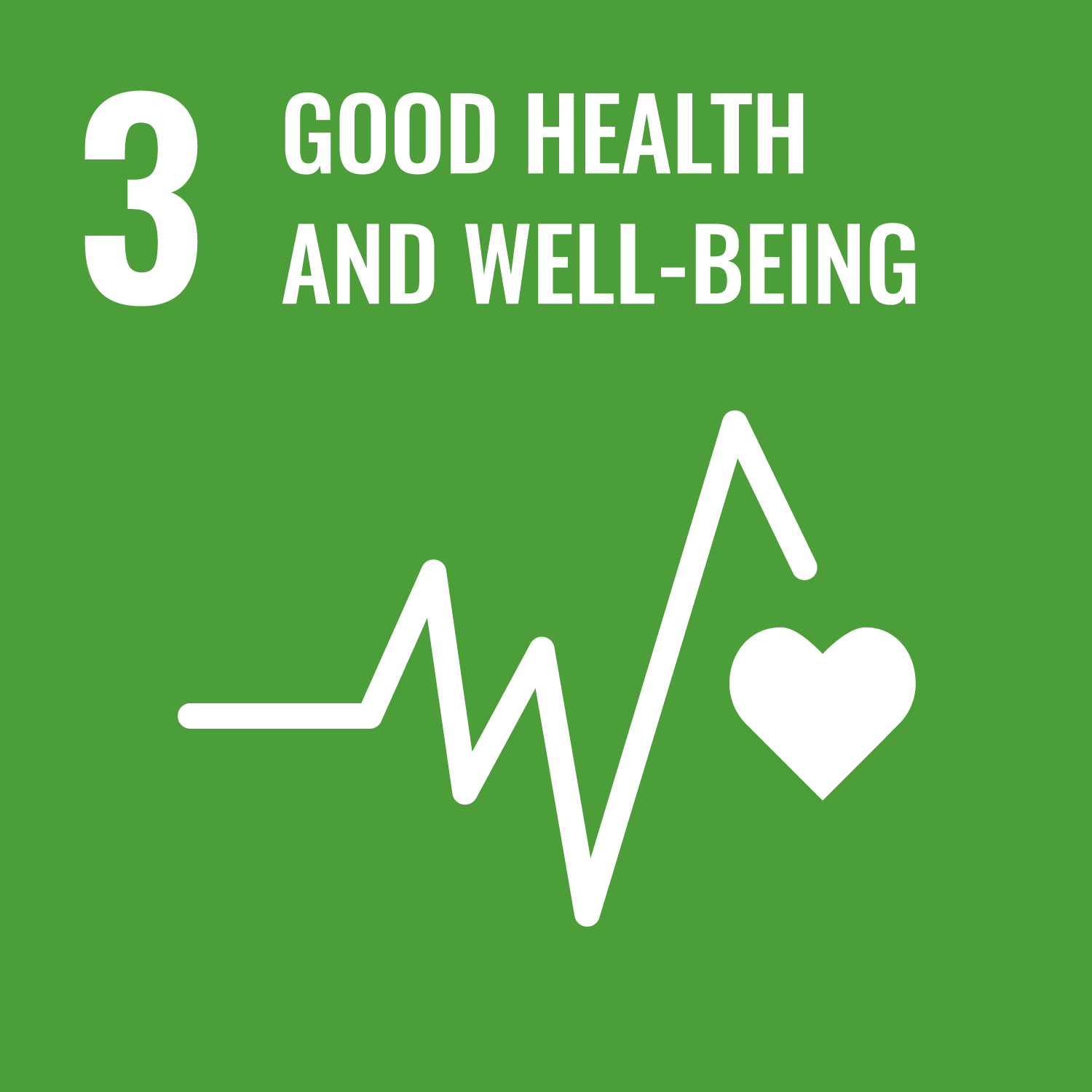
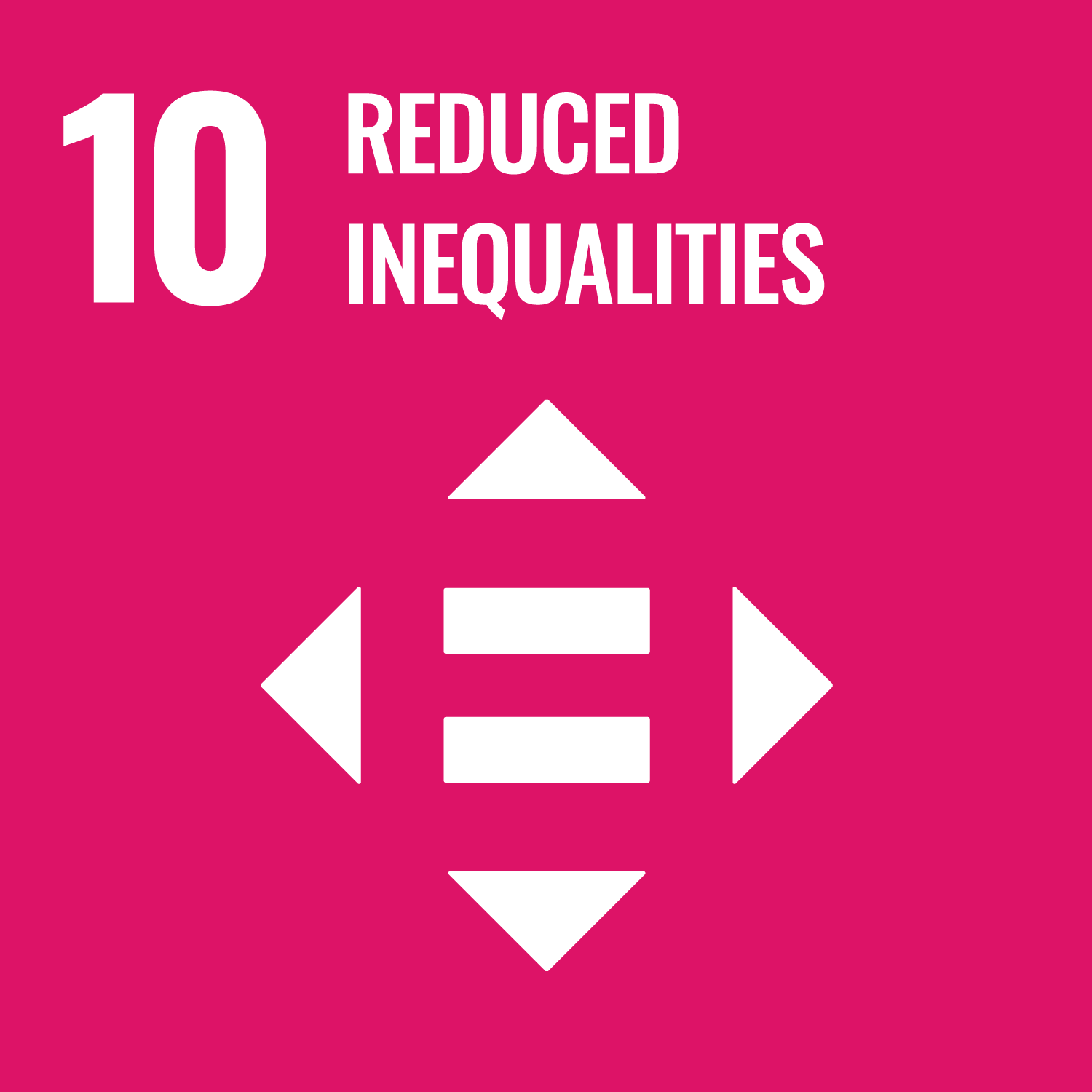
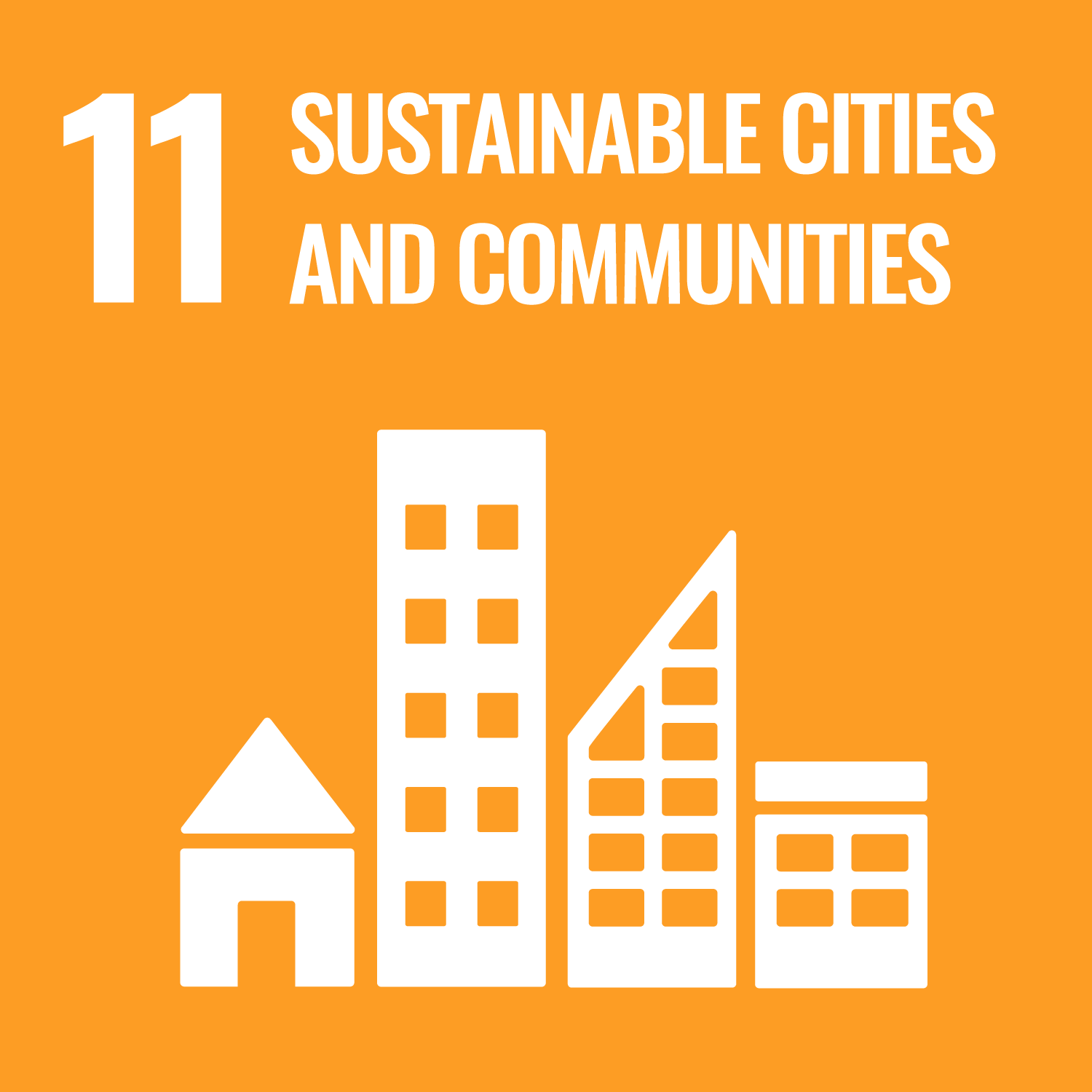
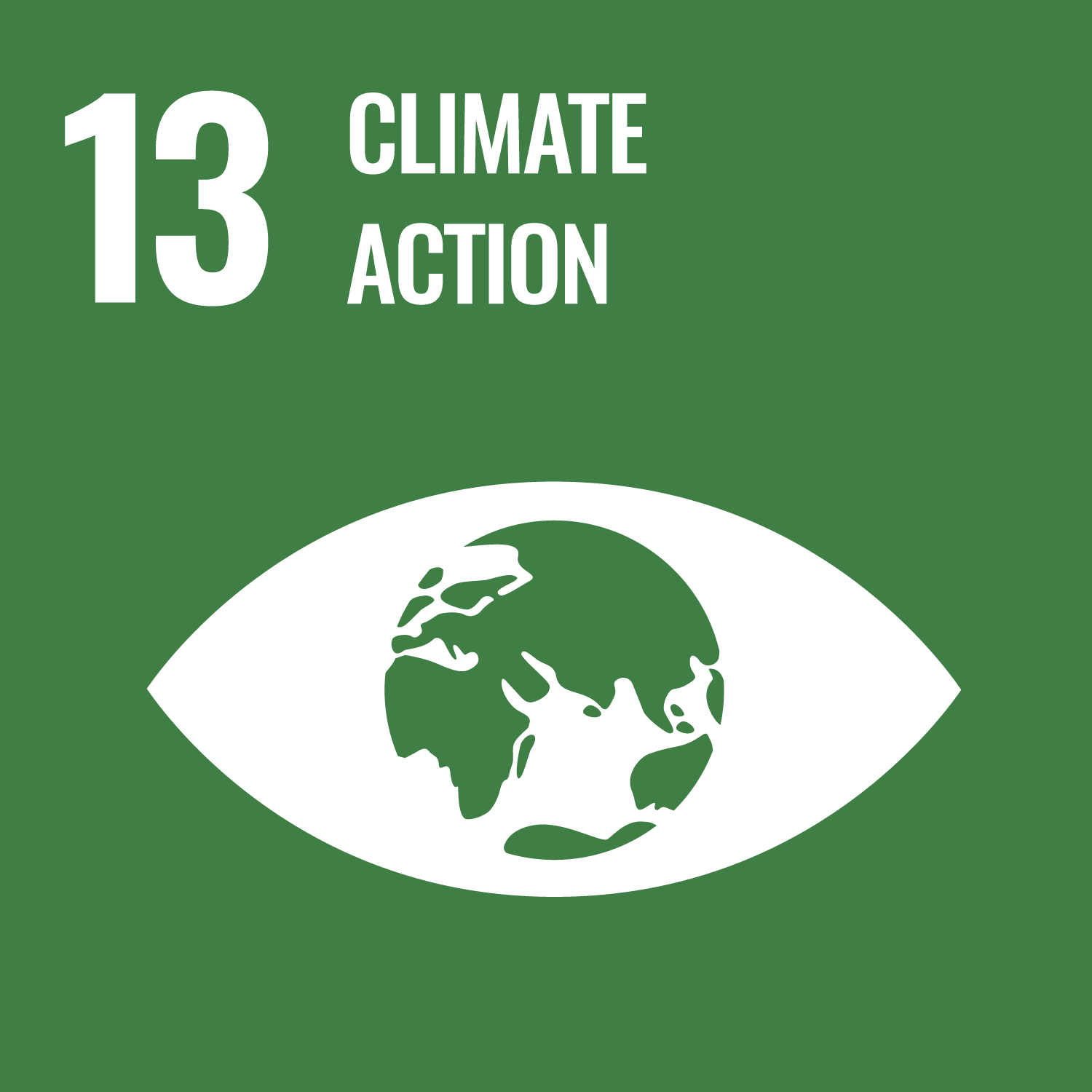
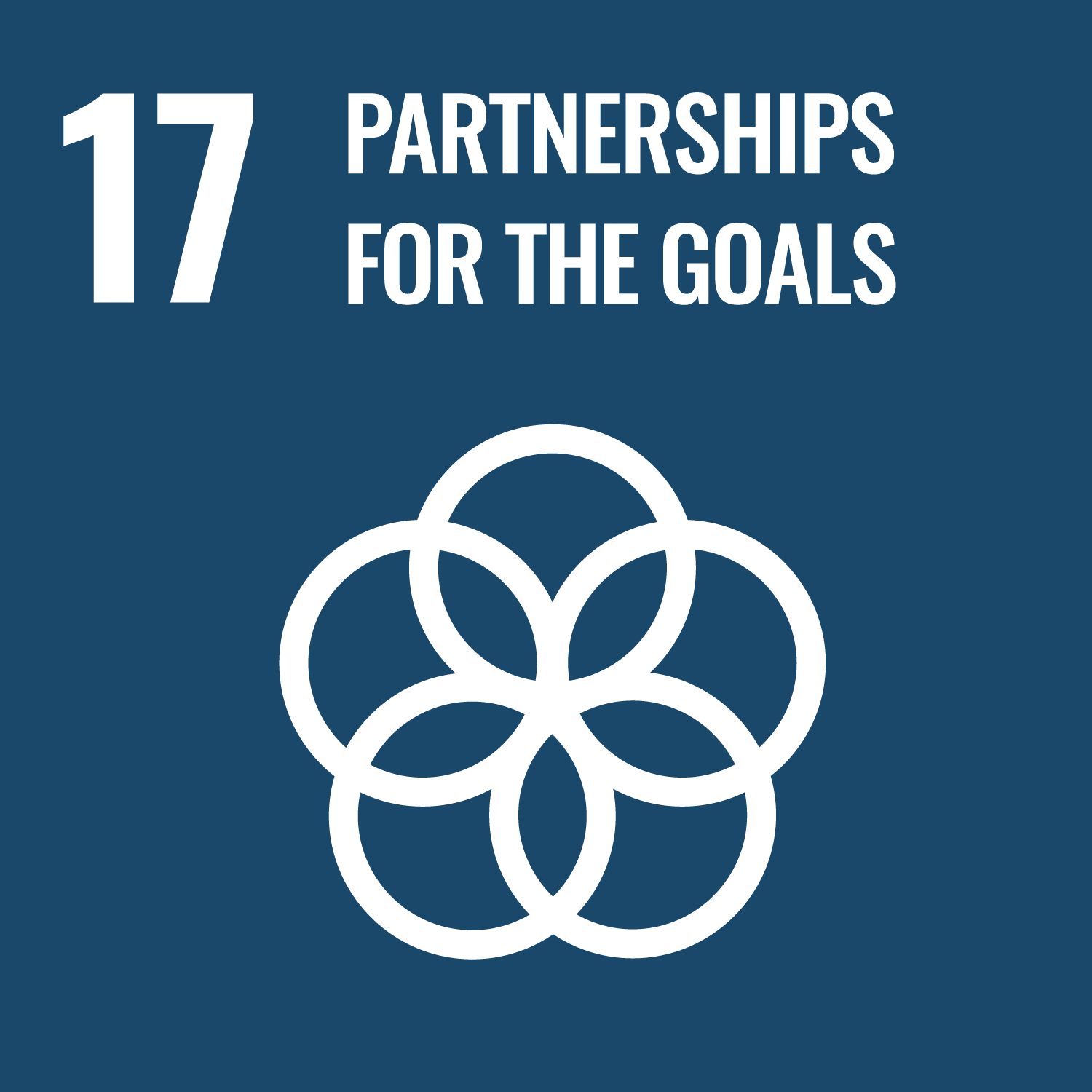
- 3.GOOD HEALTH AND WELL-BEING
- 10.REDUCED INEQUALITIES
- 11.SUSTAINABLE CITIES AND COMMUNITIES
- 13.CLIMATE ACTION
- 17.PARTNERSHIPS FOR THE GOALS
Last modified : Wed Mar 23 04:23:17 JST 2022

